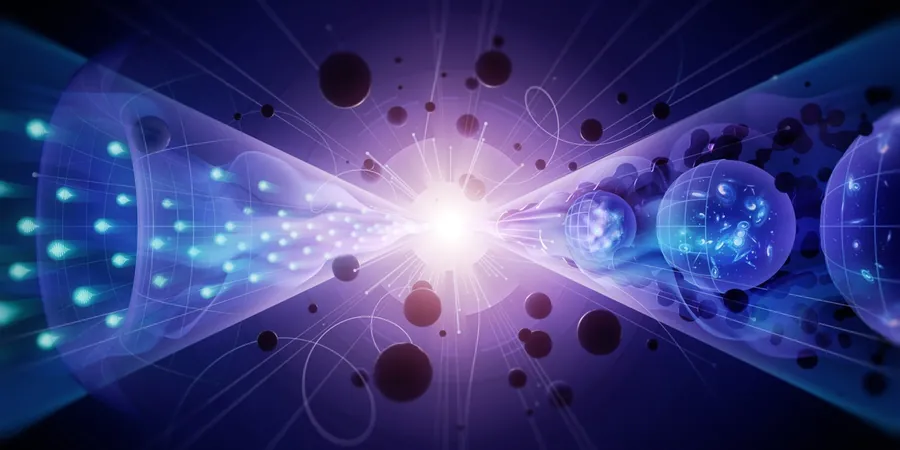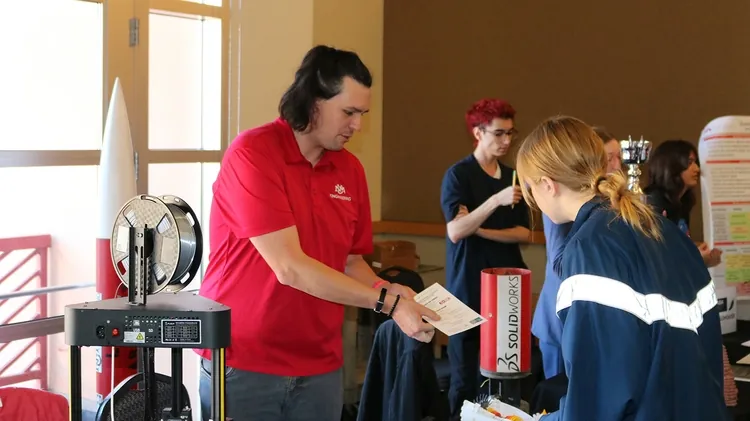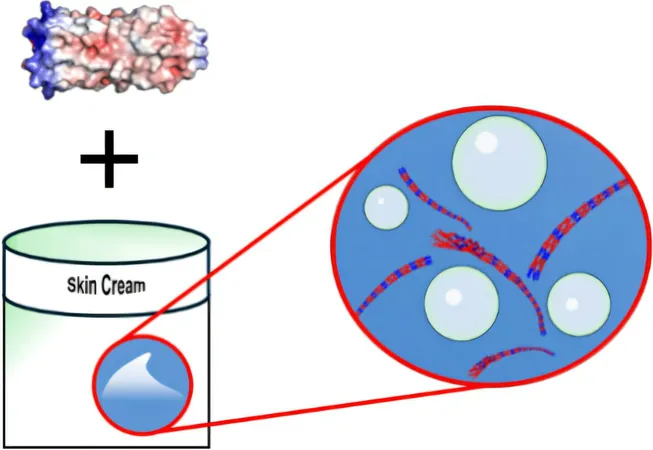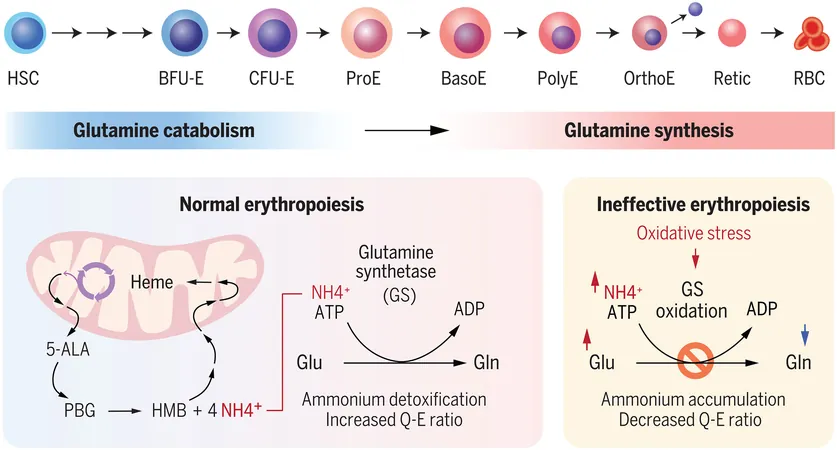
From Earth to the Stars: America’s Ambitious Particle Physics Plan!
2024-11-17
Author: Li
Overview
Renowned particle physicist Hitoshi Murayama, chair of the Particle Physics Project Prioritization Panel (P5), has led the effort to prioritize multimillion-dollar physics experiments over the next decade, focusing on various aspects of particle physics from subatomic collisions to cosmic inflation. With budget cuts looming, some projects face uncertainty.
Top Proposed Projects
At the ScienceWriters 2024 conference, Murayama outlined the P5 panel's top five proposed projects that aim to expand our understanding of the universe.
1. Hunting for Dark Matter
Dark matter constitutes about 85% of the universe but remains difficult to detect. The P5 panel proposes to enhance a dark matter experiment in a repurposed gold mine in South Dakota by increasing the amount of liquid xenon used from seven tons to 70 tons.
2. Unlocking Higgs Boson Mysteries
To gain a deeper understanding of the Higgs boson, discovered in 2012, a new, larger particle collider is essential. The panel supports international initiatives such as CERN’s Future Circular Collider and Japan’s International Linear Collider for this goal.
3. Investigating Neutrinos
Neutrinos, which may help explain the imbalance between matter and antimatter after the Big Bang, are the focus of the Deep Underground Neutrino Experiment (DUNE) under construction in South Dakota.
4. Neutrinos from the Cosmos
The P5 panel seeks to further develop the IceCube Neutrino Observatory in Antarctica, which has already made significant discoveries. More expansion could enhance astronomical techniques.
5. Evidence of Cosmic Inflation
The CMB-S4 experiment, supported by the P5 panel, aims to capture evidence of cosmic inflation from locations in Chile and Antarctica, assisting in understanding variations in cosmic microwave background radiation.
Future Ambitions
Murayama envisions a new muon collider by the 2030s, a project dubbed the 'muon shot,' designed to uncover new physics and spur technological advancements.
Funding Concerns
Funding for these projects largely depends on the U.S. Department of Energy and the National Science Foundation, and with a potential change in presidential leadership, uncertainty looms. The estimated costs of the initiatives exceed $2.5 billion. Additionally, Murayama voiced concerns about the future of Antarctic research due to the retiring cargo planes critical for logistics.
Conclusion
As America navigates its priorities in scientific advancement versus defense spending, the next few months will be critical for the future of particle physics funding.




 Brasil (PT)
Brasil (PT)
 Canada (EN)
Canada (EN)
 Chile (ES)
Chile (ES)
 España (ES)
España (ES)
 France (FR)
France (FR)
 Hong Kong (EN)
Hong Kong (EN)
 Italia (IT)
Italia (IT)
 日本 (JA)
日本 (JA)
 Magyarország (HU)
Magyarország (HU)
 Norge (NO)
Norge (NO)
 Polska (PL)
Polska (PL)
 Schweiz (DE)
Schweiz (DE)
 Singapore (EN)
Singapore (EN)
 Sverige (SV)
Sverige (SV)
 Suomi (FI)
Suomi (FI)
 Türkiye (TR)
Türkiye (TR)